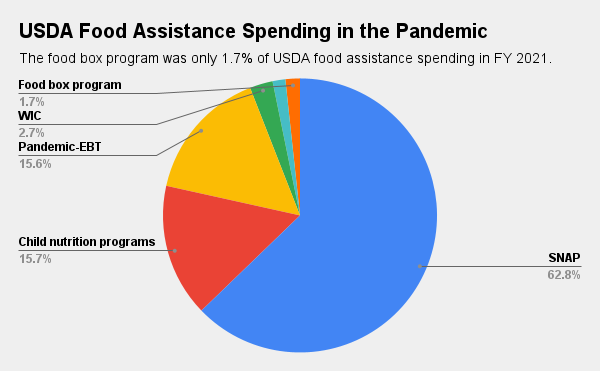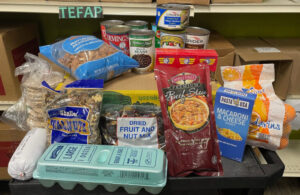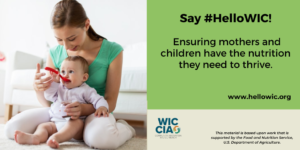During the pandemic, the federal Farmers to Families Food Box program loomed large for hunger relief organizations as instrumental in getting food to people who needed it. In the overall scheme of things, however, the program was pretty small potatoes.
The USDA last month released its annual Food and Nutrition Landscape report, putting the full scope of food assistance spending during fiscal year 2021 (from October 2020 to September 2021) into perspective.
The food box program – beloved by many for bringing fresh produce into the emergency relief effort, and also reviled because of logistical and other snafus – brought more than 176 million boxes of food to households in need.
The $5.5 billion spent on the food box program, however, was only a small fraction of the $182.5 billion overall spent in FY 2021 on food assistance. That record-setting amount represented a 43% increase over fiscal year 2020, with increased SNAP and pandemic-EBT spending accounting for most of the growth.
While the food box program helped to fill a critical emergency need, “the box program was not the most impactful action the federal government took by any stretch,” said Ellen Vollinger, SNAP Director at the Food Research & Action Center. “SNAP is by far and away the stronger intervention. The scope is so much larger than can be done with a box program.”
SNAP took up 62% of FY 2021 food and nutrition program spending, followed by spending on the four largest child nutrition programs (15.6%); pandemic-EBT (15.5%); WIC (2.7%) and the food box program (1.7%). FY 2021 was the first full fiscal year in which pandemic-related programs and policies were in place. It also marked the end of the food box program, which expired at the end of May 2021.
Proportionately, FY 2021 spending on SNAP, the child nutrition programs and WIC was smaller than before the pandemic. This is because “total spending itself grew so much, especially with the added expense of P-EBT and the food box program,” according to Jordan Jones, Research Economist with the USDA’s Economic Research Service, who presented the report at a recent USDA webinar.
Continued extraordinary spending is anticipated at least through FY 2022, and likely beyond. Many of the USDA’s pandemic-related waivers, such as those allowing for SNAP emergency allotments still in effect in a majority of states, are contingent on the federal Covid-19 emergency declaration, which is expected to extend at least into mid-October. Congress also recently extended USDA’s waiver authority for child nutrition programs to cover the 2022-2023 school year.
Separately, the emergency declaration’s continuation into the 2022-2023 school year that began July 1 “opens the door” to summer P-EBT benefits for school-age children in summer 2023 unless Congress changes the law, according to Crystal FitzSimons, FRAC’s Director of School and Out-of-School Time Programs.
Ultimately, Vollinger warns of a looming “hunger cliff,” as benefits attributable to emergency policies shrink once the federal Covid-19 emergency declaration ends. – Amanda Jaffe
Amanda Jaffe is a writer and former attorney with a deep interest in the organizations and mechanisms that address food insecurity. Her writing has appeared in The American Interest, PASSAGE Magazine, and the Finder, among other publications.
Like what you’re reading?
Support Food Bank News








